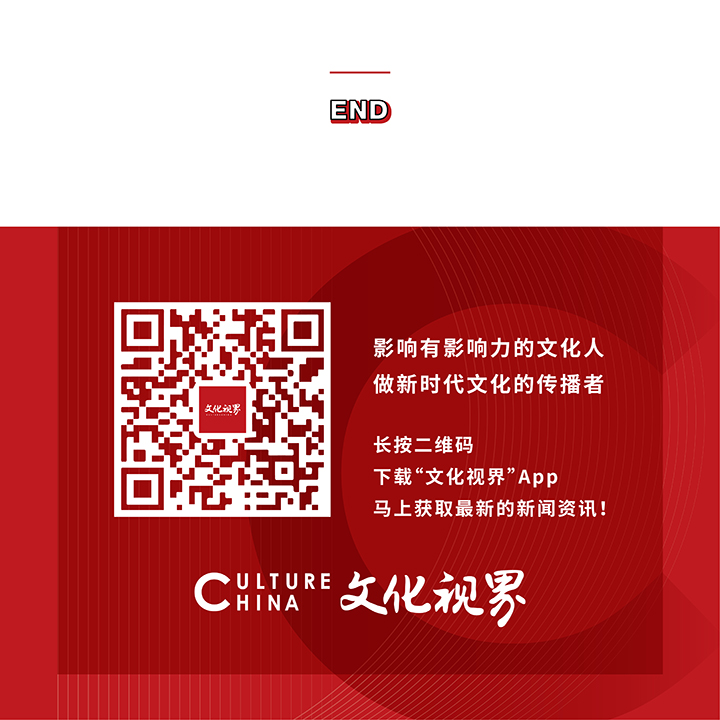

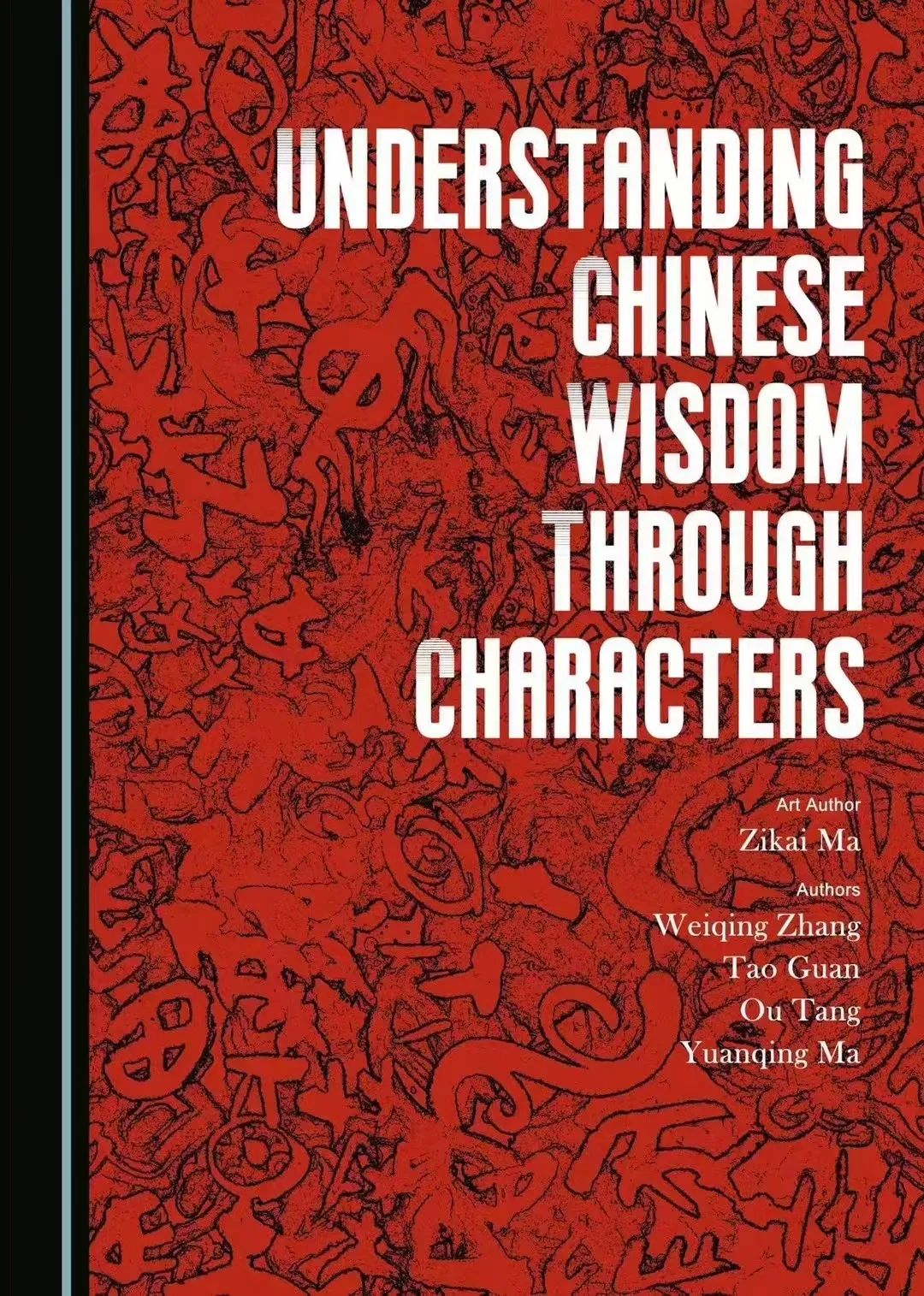
【编者按】
《从汉字中感悟中国智慧》作为世界上第一部用英文撰写讲解汉字艺术的外文原版著作,日前在英国剑桥问世。该书由当代国学艺术名家马子恺先生倡议并精心创作图版作品,文章部分由美国明尼苏达大学张卫晴教授、北京工商大学关涛教授、唐鸥、马元清四位专家学者编写,齐心协力克服各种难题,历经五载,终获成书,由剑桥学者出版社正式编审出版,已在欧美地区发售。
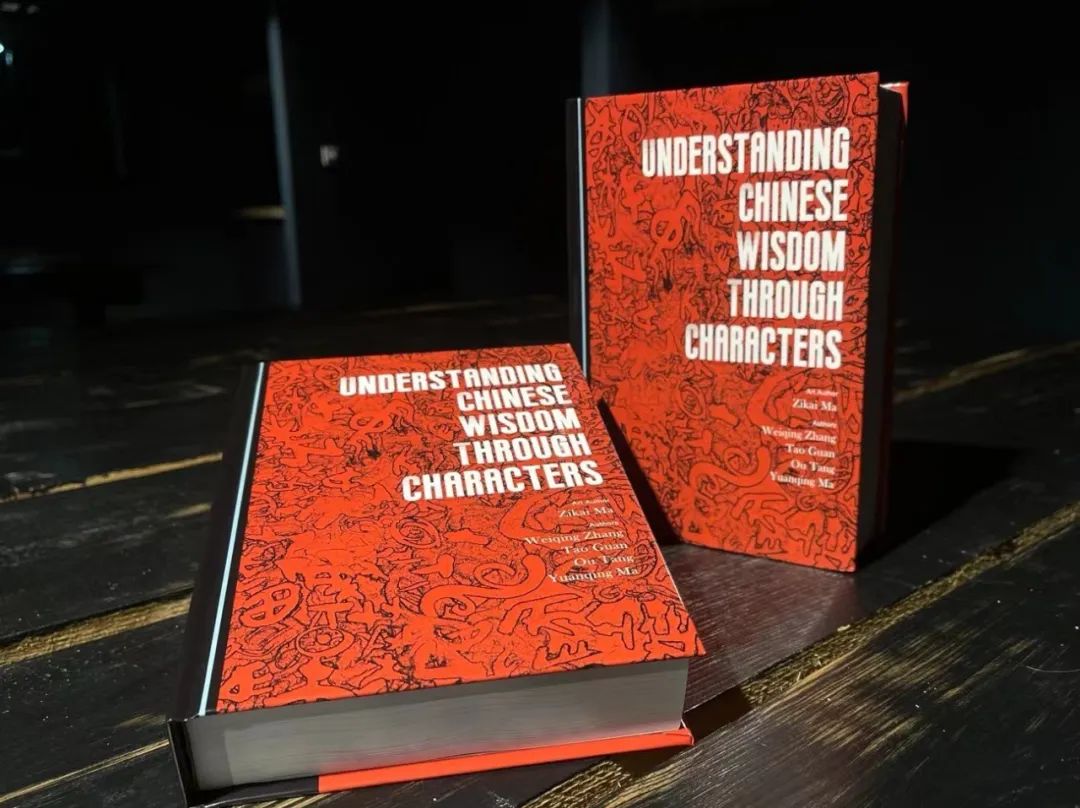
该书是通过经典汉字,解读中国文化的一部著作。书中精选了最能代表中国文化认知过程和核心价值观的汉字,探讨了这些汉字的起源和演变。通过对汉字的研究,我们可以深入了解中国人和谐、友爱和坚韧的智慧,从中汲取力量,以应对当今的挑战。该书的独特之处在于将中国书法特色纳入文字学研究,说明了中国传统艺术在汉字演变史上的审美享受。
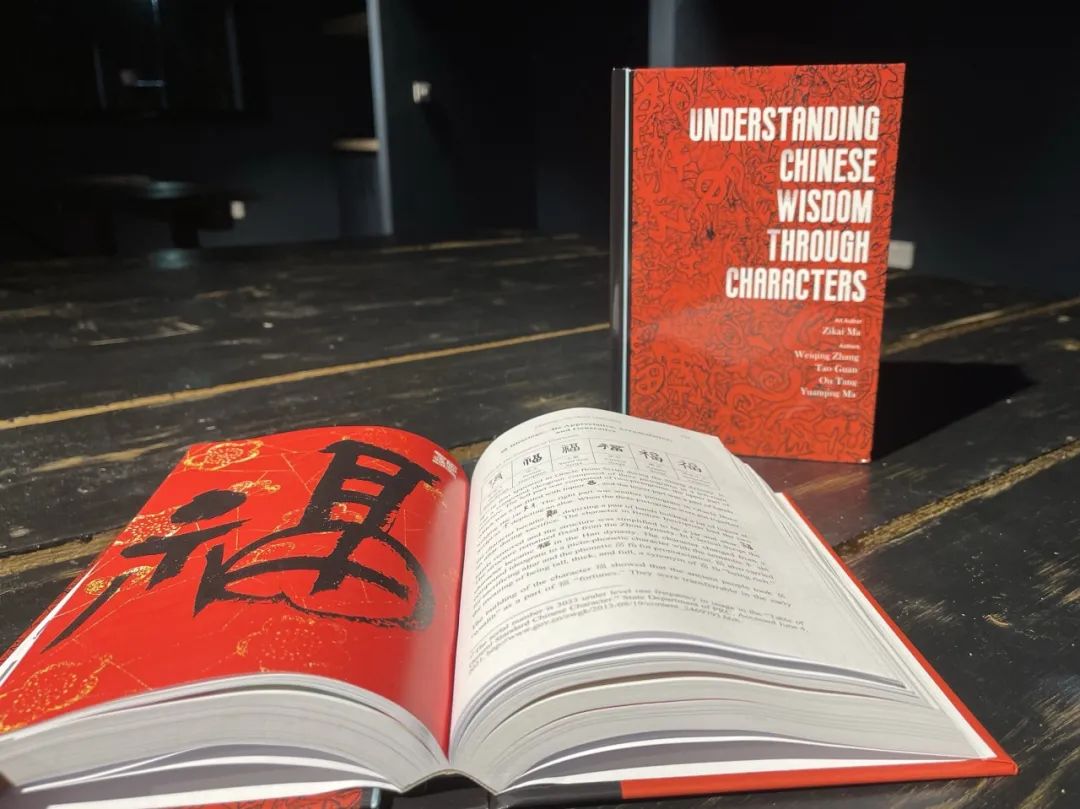
此书的问世,成为了有史以来第一部讲解汉字艺术的英文著作,是中美英三地学者共同合作的重要成果,随着时间印证,必将成为汉语传播史上的经典著作。
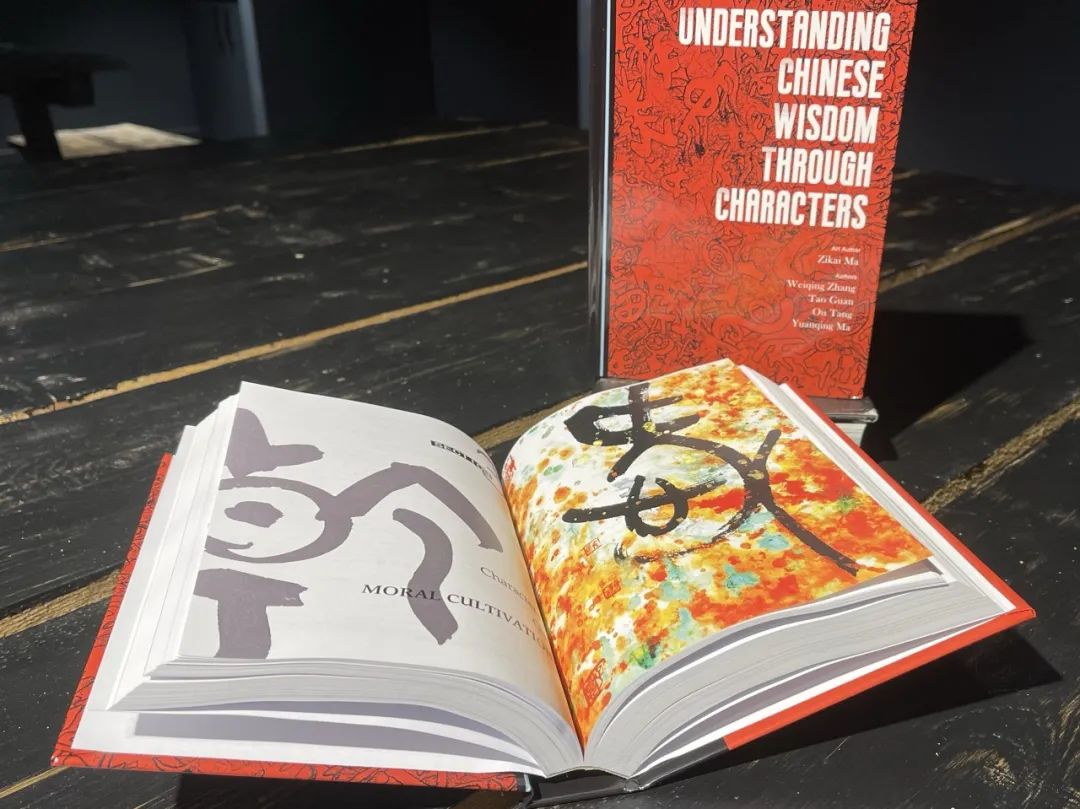
【图书信息】
英文原版书名:
Understanding Chinese Wisdom Through Characters;
(《从汉字中感悟中国智慧》)
作者:
Art Author: Zikai Ma
Author: Weiqing Zhang、Tao Guan、Ou Tang、Yuanqing Ma
艺术作者:马子恺
作者:张卫晴、关涛、唐鸥、马元清
出版社:
Cambridge Scholars Publishing
(剑桥学者出版社)
ISBN: 1-5275-1764-0
ISBN13: 978-1-5275-1764-6
Release Date: 8th January 2024
Pages: 583
Price: £84.99
出版社购书地址链接:https://www.cambridgescholars.com/product/978-1-5275-1764-6
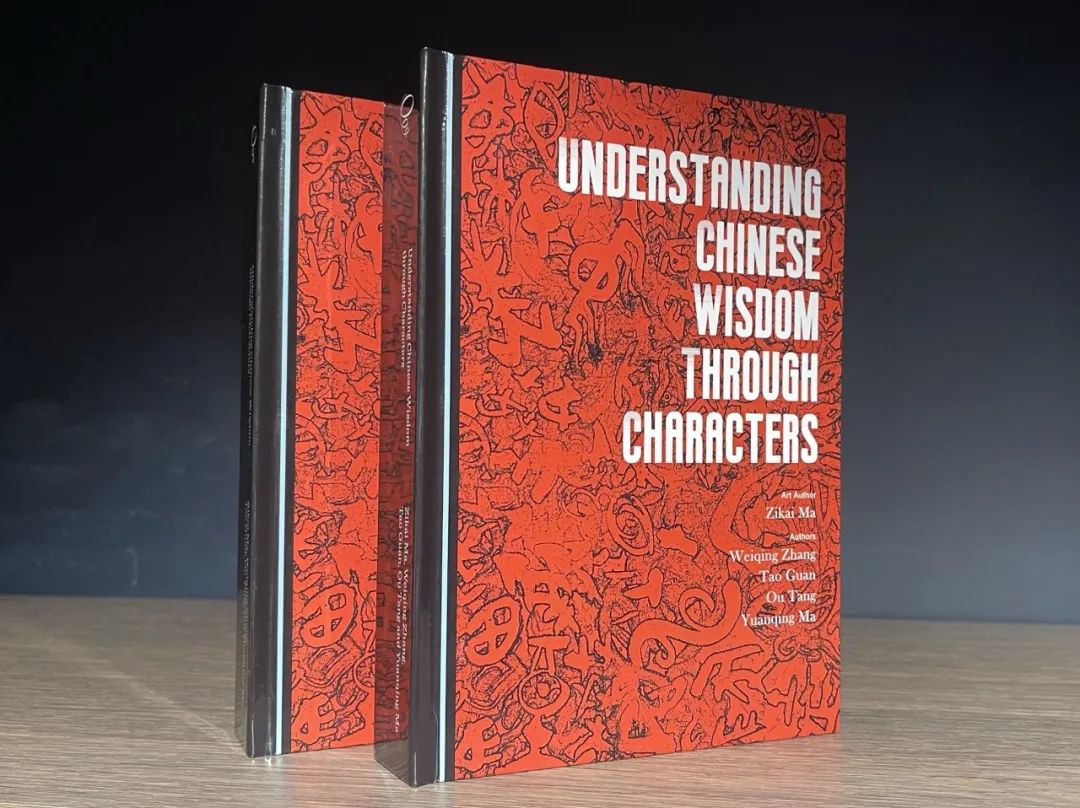
【序言】
在世界各国文字中,汉字是唯一来源久远的古典文字体系。中国现代考古证实,殷商时期(约公元前14—约公元前11世纪)的甲骨文已经是非常成熟的文字体系了。从甲骨文到现代汉字,虽然经历了古文字到近、现代文字的演进,但汉字体系并没有发生根本性的变革。汉字不仅记载了博大深厚的中华历史文明,而且其本身也凝结着丰富的思想文化内涵,成为中华文化的典型象征。

早期古汉字通过画成其物、描写客观物象来构形,其体态变化多姿,生动形象;其构形追求对称均衡,符合美学原则。可以说,每一个古老的汉字都是前人思想和智慧的结晶,其构造既美在形式,也美在巧思,蕴含着中国早期的审美观念和美学追求。
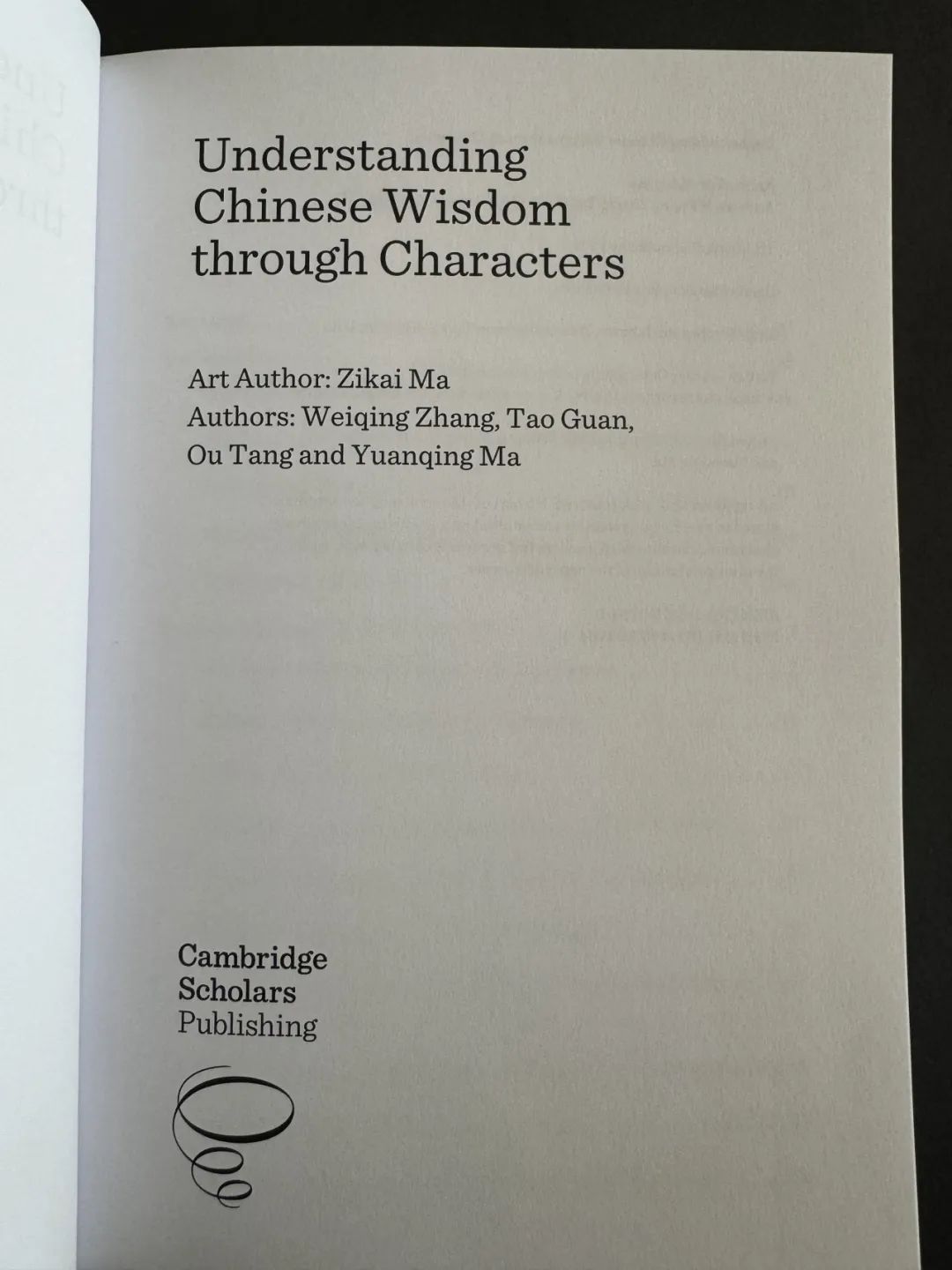
古代汉字主要用软笔书写于典册,也有刀刻的甲骨文和铸造的金文。汉字在书写过程中,因控笔操刀的缘故,力道的轻重不同、用笔(刀)的起落运转和节奏的快慢变化,综合展现出一种韵律之美。及至近代汉字(隶楷阶段),书写审美意识的自觉,推进了汉字美的升华,从而形成了独具特色的中国书法艺术。与世界上其他文字系统相比,只有汉字既是记录语言、传递信息的实用工具,又兼有艺术创造和审美的功能。
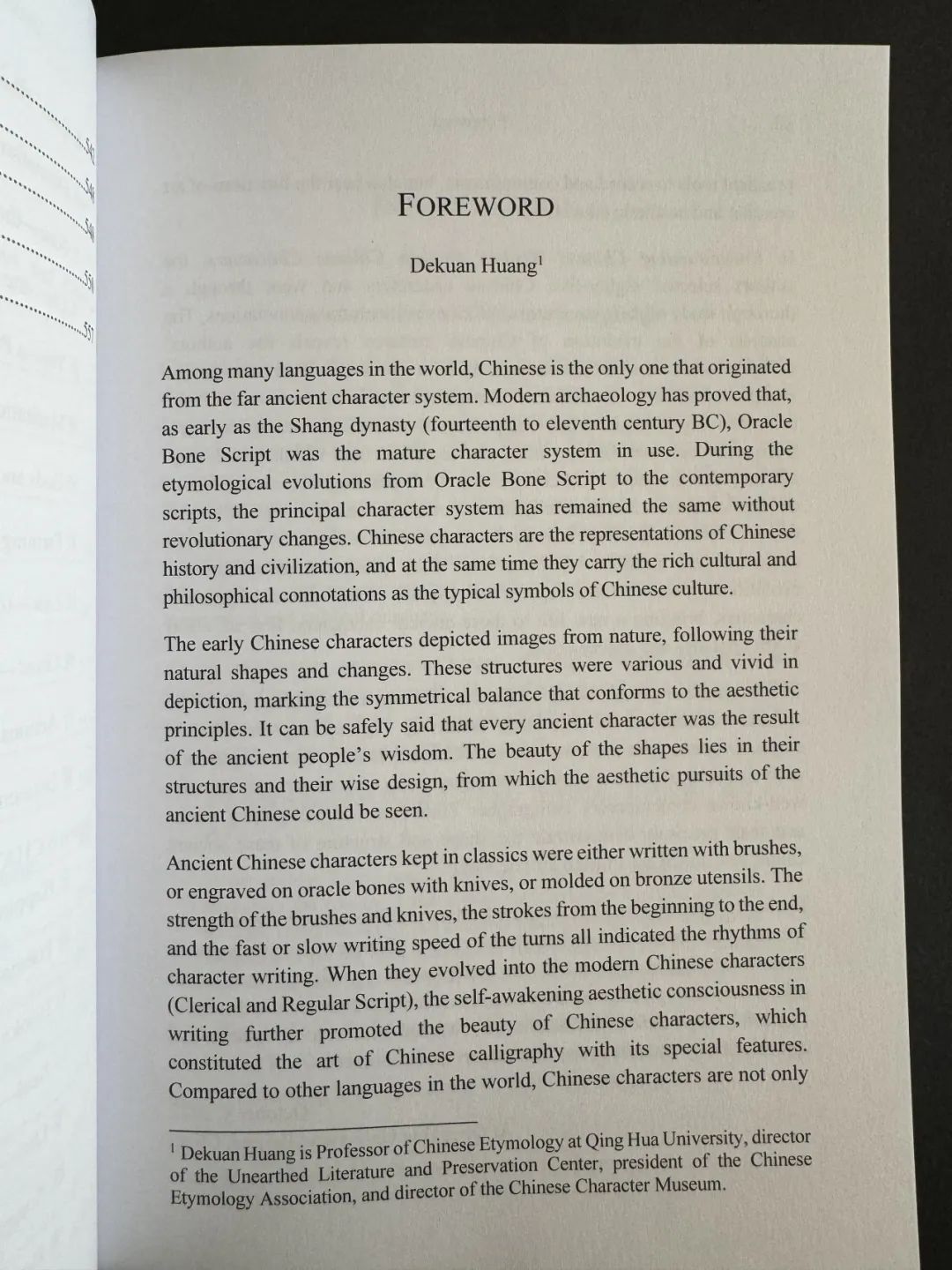
《Understanding Chinese wisdom through Chinese characters》一书,选取85个典型汉字,对这些字的形体构造及其思想文化内涵逐一进行阐释,从而揭示出汉字与中华文化的深层关系。从汉字分析入手看中华文化,是作者对汉字文化属性的深入体认和自觉弘扬。由于汉字产生和发展的上古时代距今非常遥远,有许多汉字的构形和内涵还难以获得准确的解释,对一些字的阐释往往见仁见智而使人莫衷一是,这是在讨论汉字与中华文化关系时必然会遇到的困难和问题。面向西方的读者,本书作者避免陷入繁琐的证说,根据自身的认识和理解,用通俗易懂的语言,将古老的汉字与中华文化饶有趣味地呈现给读者,这是值得肯定的努力。
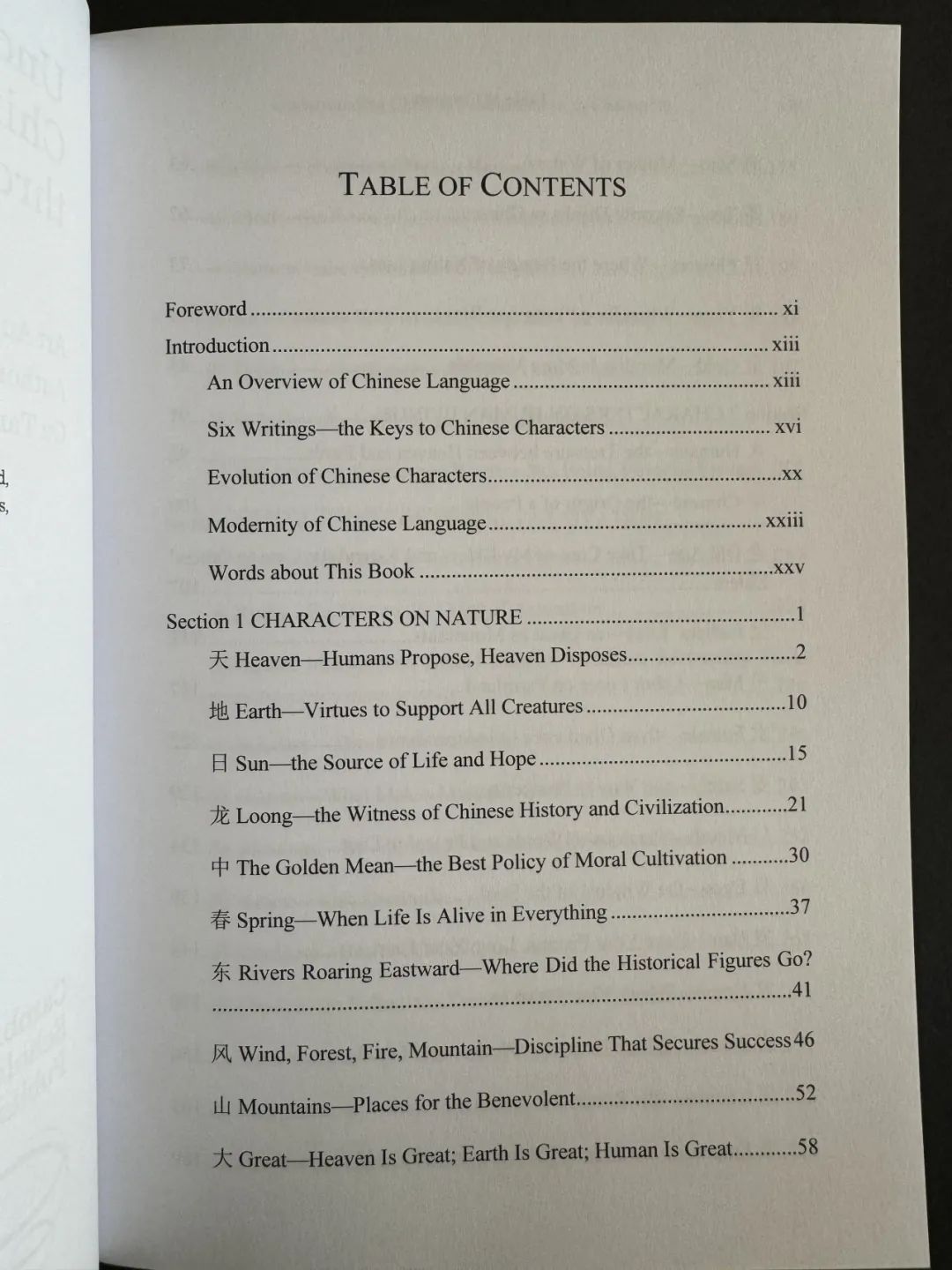
书法艺术与汉字文化的结合是这部书的一大特色。围绕每一个汉字,该书都配以相应的书法作品。这些作品出自本书作者之一、当代中国著名书法艺术家马子恺先生之手。马子恺先生的古文字书法和篆刻印章,不仅能准确体现古文字的结构形态,更以其艺术创造再现了古文字的神韵,具有很高的艺术鉴赏性。该书富有创意地展现出汉字体系独特的文化和审美价值,使汉字思想文化内涵的揭示与书法艺术的创造珠联璧合,令人耳目一新!
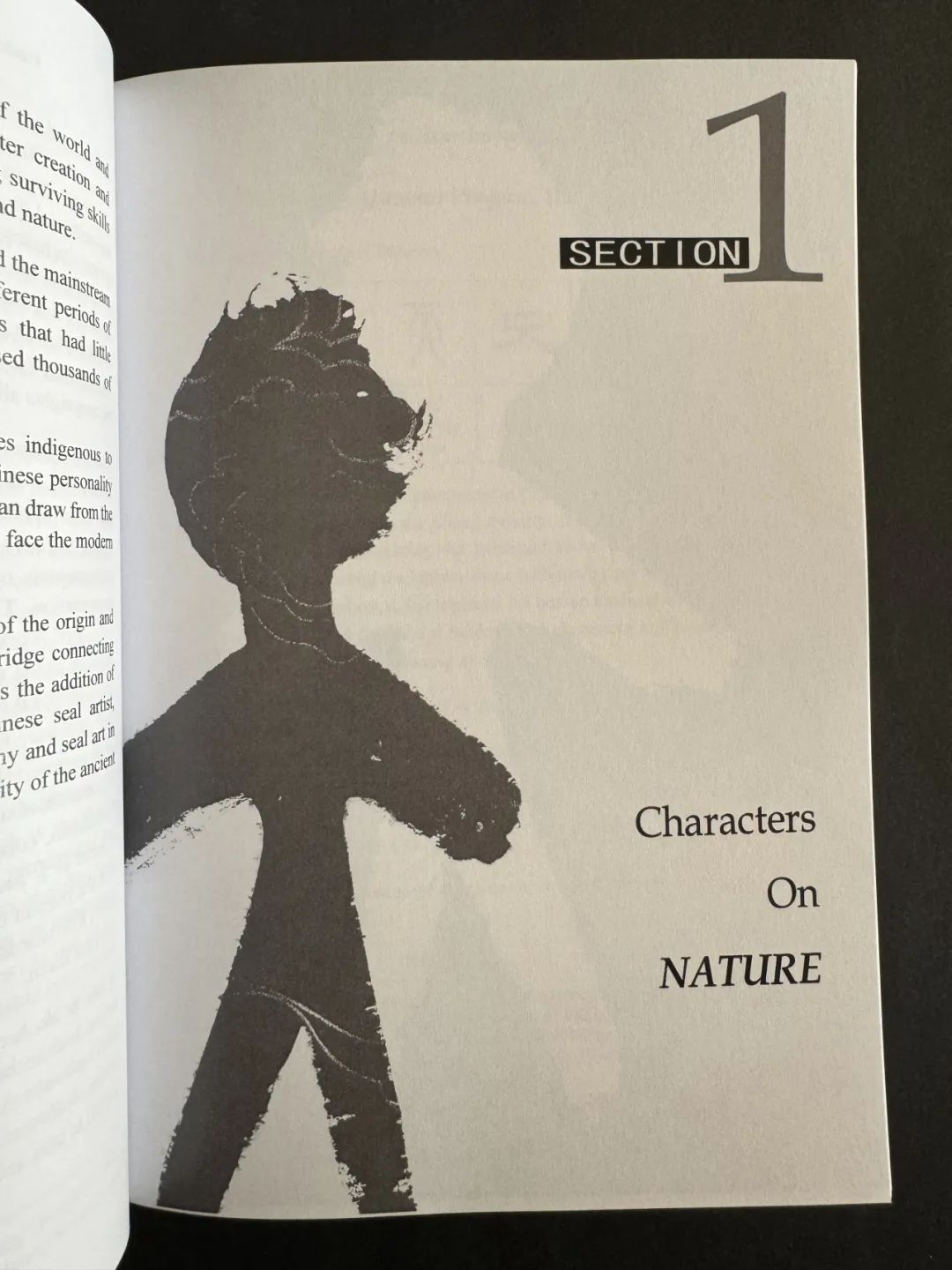
在东西方文明交流互鉴中,古老汉字与中华文化的传播和接受,是一个值得不断地深入开掘拓展的领域。这部书的著者以对汉字与中华文化的挚爱,进行了很有意义的尝试和努力。我相信,他们的努力和付出,一定会赢得热爱汉字与中华文化的中外读者的肯定和赞赏。
(文/黄德宽,著名学者、清华大学出土文献保护与研究中心主任、“古文字与中华文明传承发展工程”首席专家、中国文字学会会长、中国文字博物馆馆长)
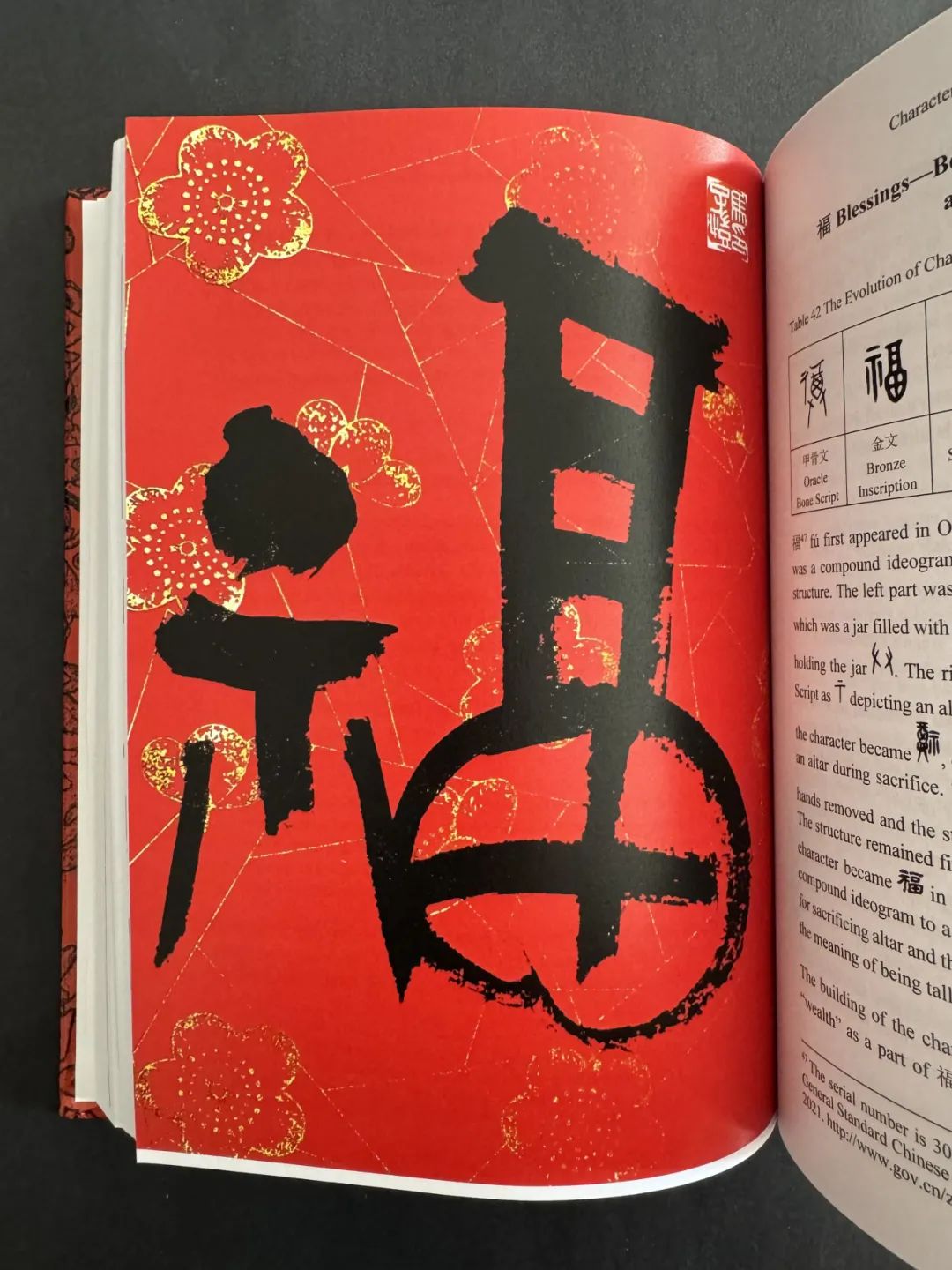
【Foreword】
Dekuan Huang
Among the many languages in the world, Chinese is the only one that originated from the far ancient character system. Modern archaeology has proved that, as early as the Shang dynasty (fourteenth to eleventh century BC), Oracle Bone Script was the matured character system in use. During the etymological evolutions from Oracle Bone Script to the contemporary scripts, the principal character system has remained the same without revolutionary changes. Chinese characters are the representations of Chinese history and civilization, and at the same time they carry the rich cultural and philosophical connotations as the typical symbols of Chinese culture.

The early Chinese characters depicted images from nature, following their natural shapes and changes. These structures were various and vivid in depiction, marking the symmetrical balance that conforms to the aesthetic principles. It can be safely said that every ancient character was the result of the ancient people’s wisdom. The beauty of the shapes lies in their structures and their wise design, from which the aesthetic pursuits of the ancient Chinese could be seen.
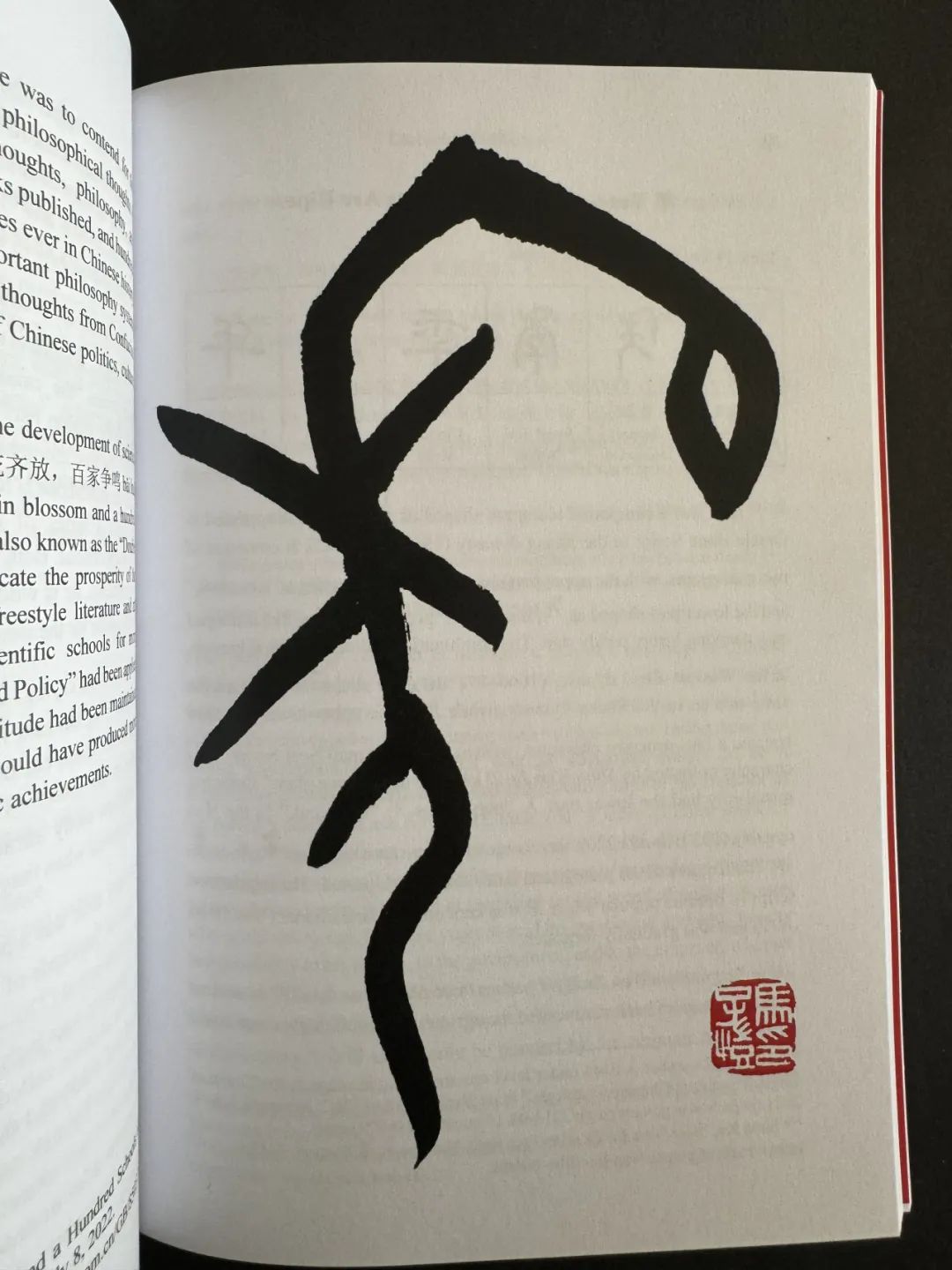
Ancient Chinese characters kept in classics were either written with brushes, or engraved on oracle bones with knives, or molded on bronze utensils. The strength of the brushes and knives, the stroke from the beginning to the end, and the fast or slow writing speed of the turns all indicated the rhythms of beauty in character writing. When they evolved into the modern Chinese characters (Clerical and Regular Script), the self-awakening aesthetic consciousness in writing further promoted the beauty of Chinese characters, which constituted the art of Chinese calligraphy with its special features. Compared to other languages in the world, Chinese characters are not only practical tools to record and communicate, but also bear the functions of art creation and aesthetic education.
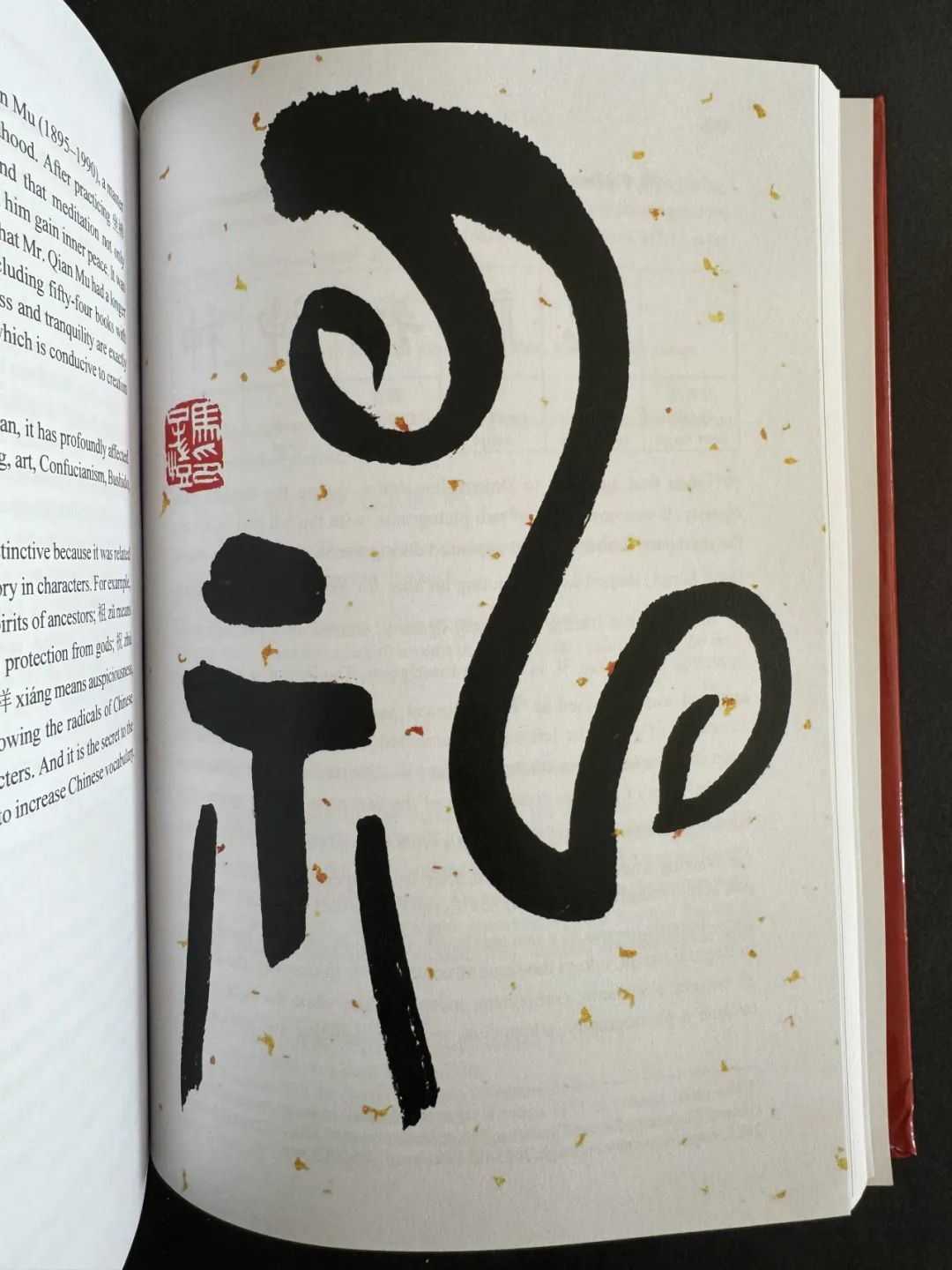
In Understanding Chinese Wisdom through Chinese Characters, the authors selected eigty-five Chinese characters and went through a thorough study of their structural evolutions and cultural connotations. The analysis of the evolution of Chinese cultures reveals the authors’ interpretation of the cultural features of these characters. There are various interpretations of the Chinese characters depending on the individuals’ understanding throughout the long passage of evolution. Among the interpretations, there has not been an “accurate” one, which is the long-existing and frequently asked question in explaining the evolutions of Chinese characters and their relations with Chinese cultures. The authors of this book lifted themselves from the bondages of the complexity in character evolution and multiple interpretations.
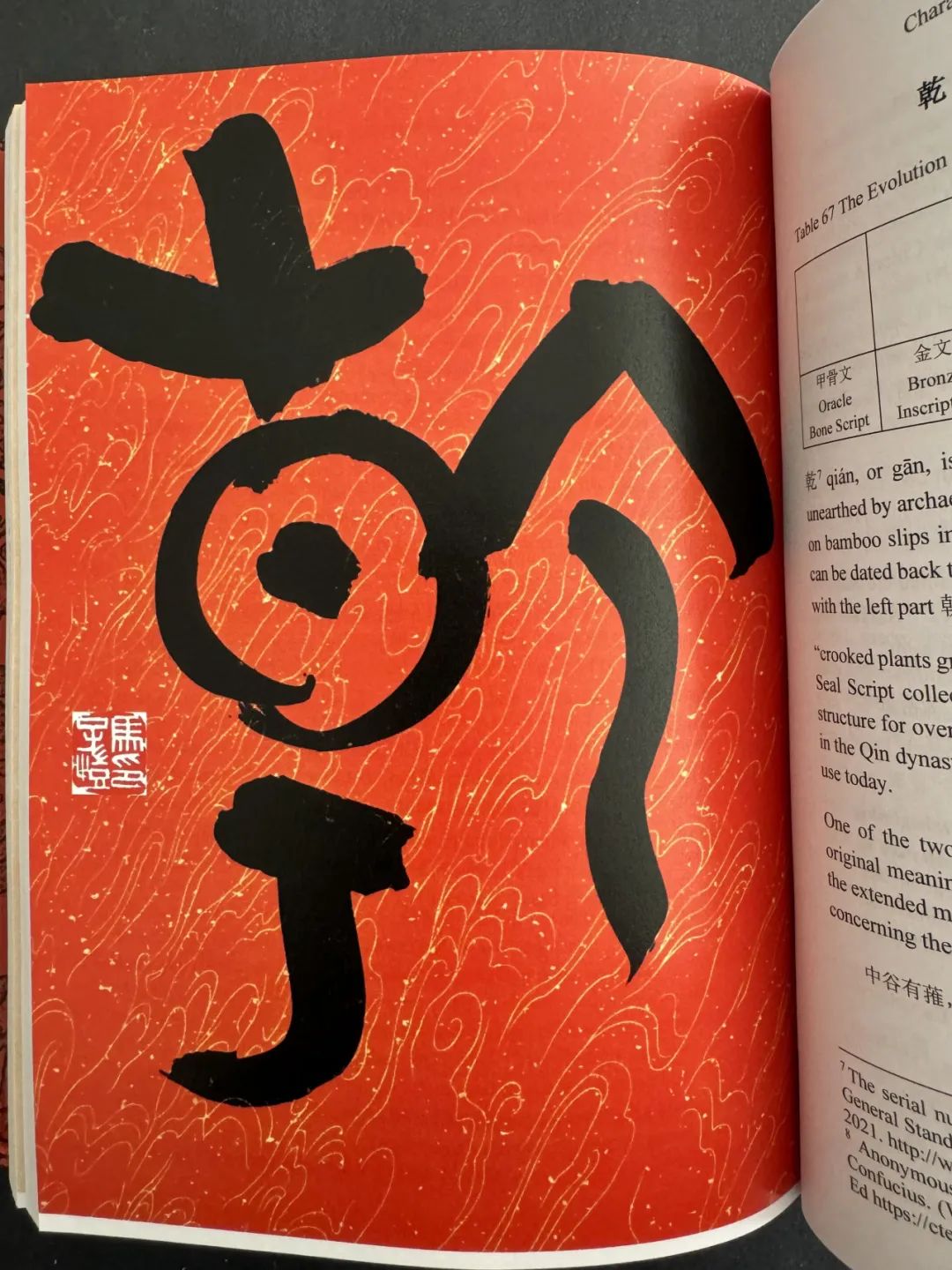
They presented, to readers, evolutionary and cultural stories to explain these thousand-year-old characters, bringing new life to these ancient characters. It is an effort worth applause and appreciation.
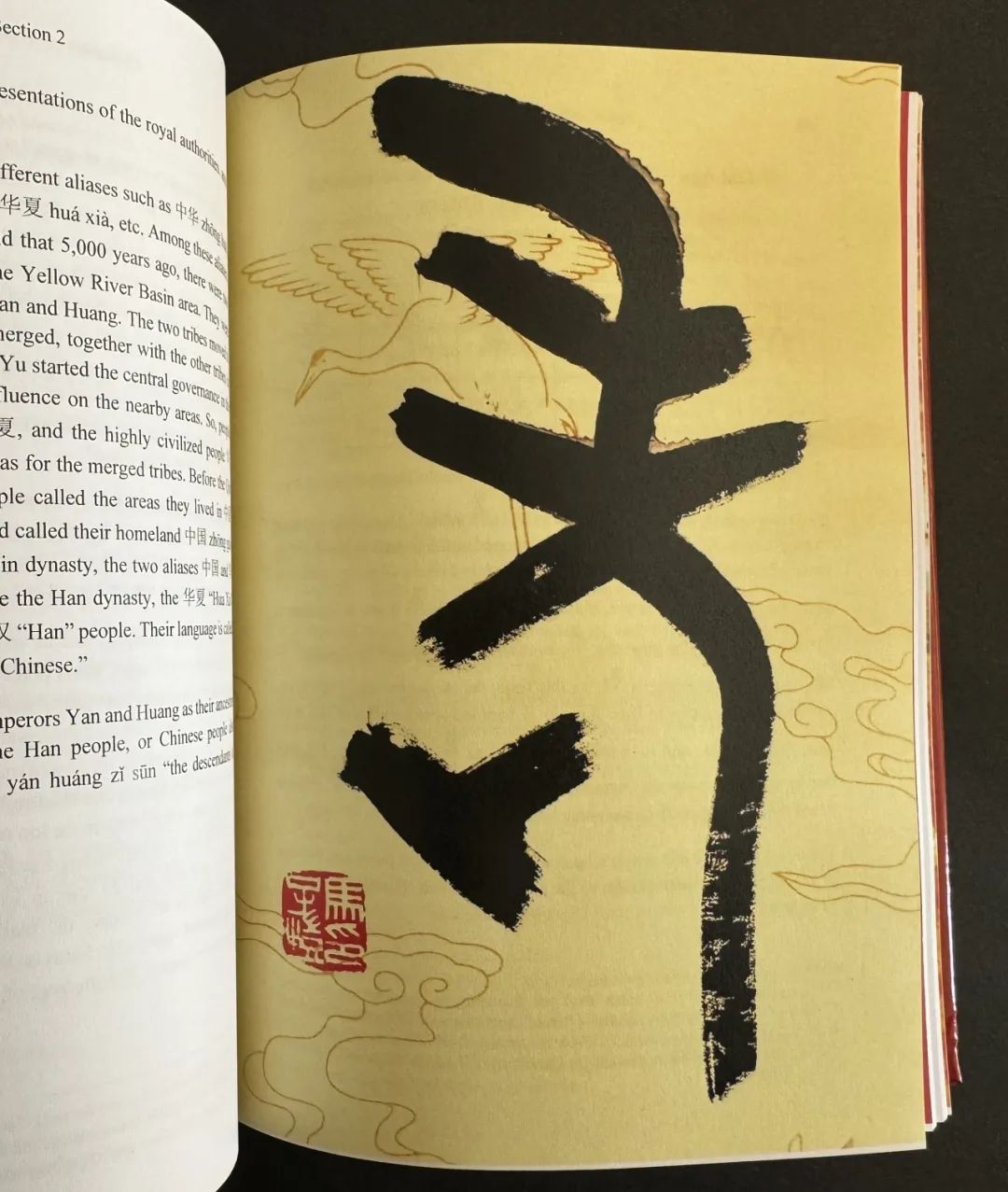
The uniqueness of this book is the combination of calligraphy and the cultural connotation of characters, creatively showcasing the Chinese character system and the core values of Chinese culture. Centering around each character, there is a story of evolution, along with an artwork from the well-known contemporary calligrapher Zikai Ma. His calligraphy works and seals precisely demonstrate the shape and structure of these ancient characters, which are of high artistic value.
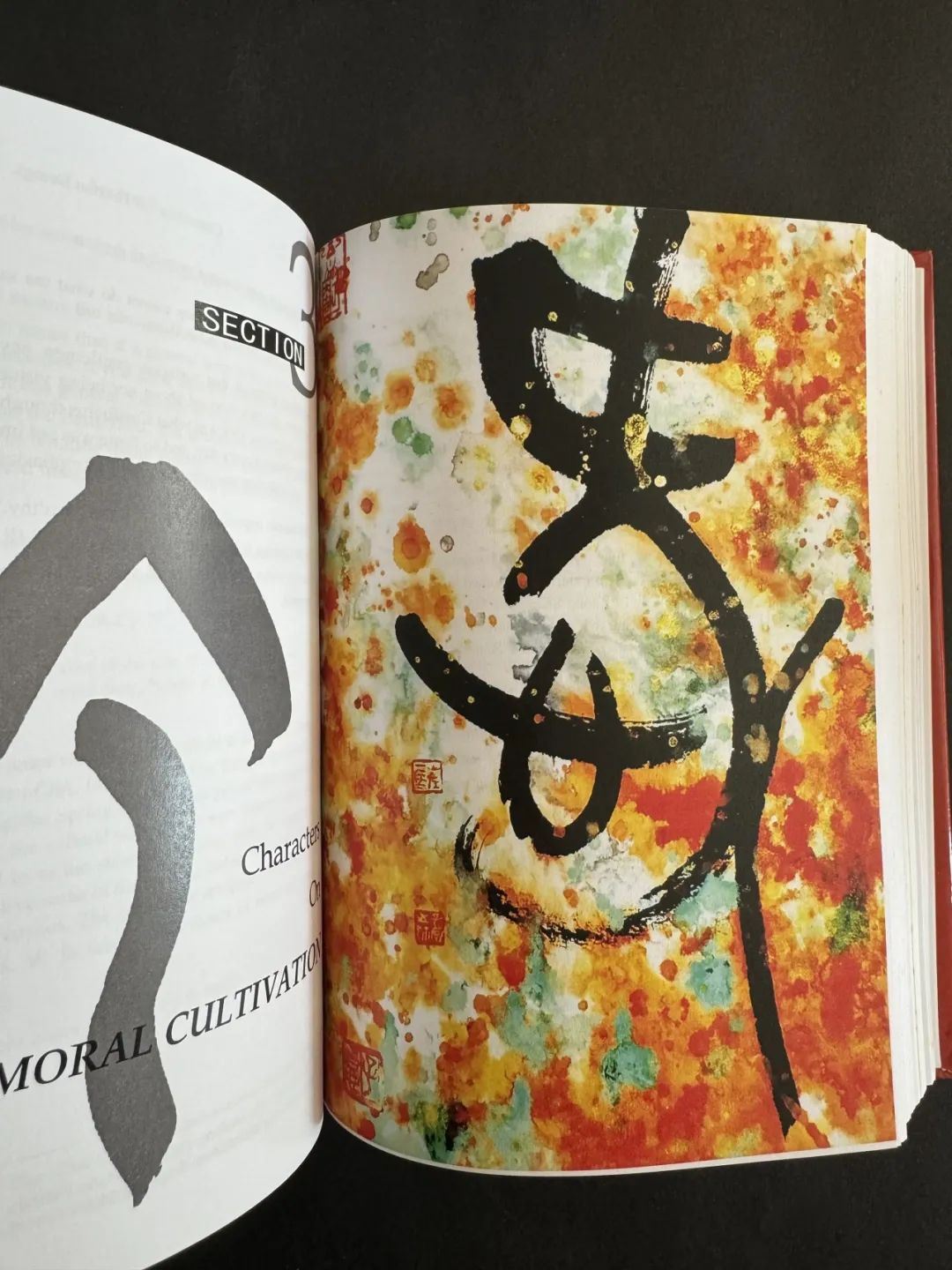
During communications between the Eastern and Western civilizations, the spread and acceptance of ancient characters and Chinese culture are research fields worth further exploration. The authors made significantly meaningful efforts from their passion toward Chinese cultures and characters in this book. I sincerely hope their contributions are rewarded with wide recognition and appreciation by Chinese lovers and readers across borders.
October 4, 2022
At Qinghua University, Beijing, China
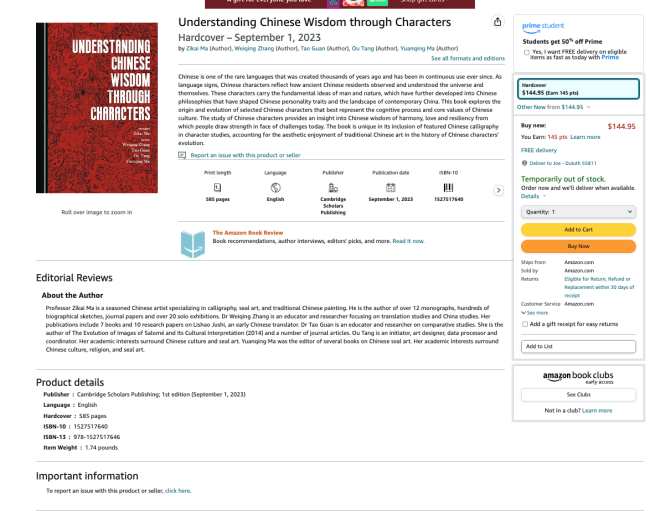
(来源:马子恺艺术)
艺术家简介
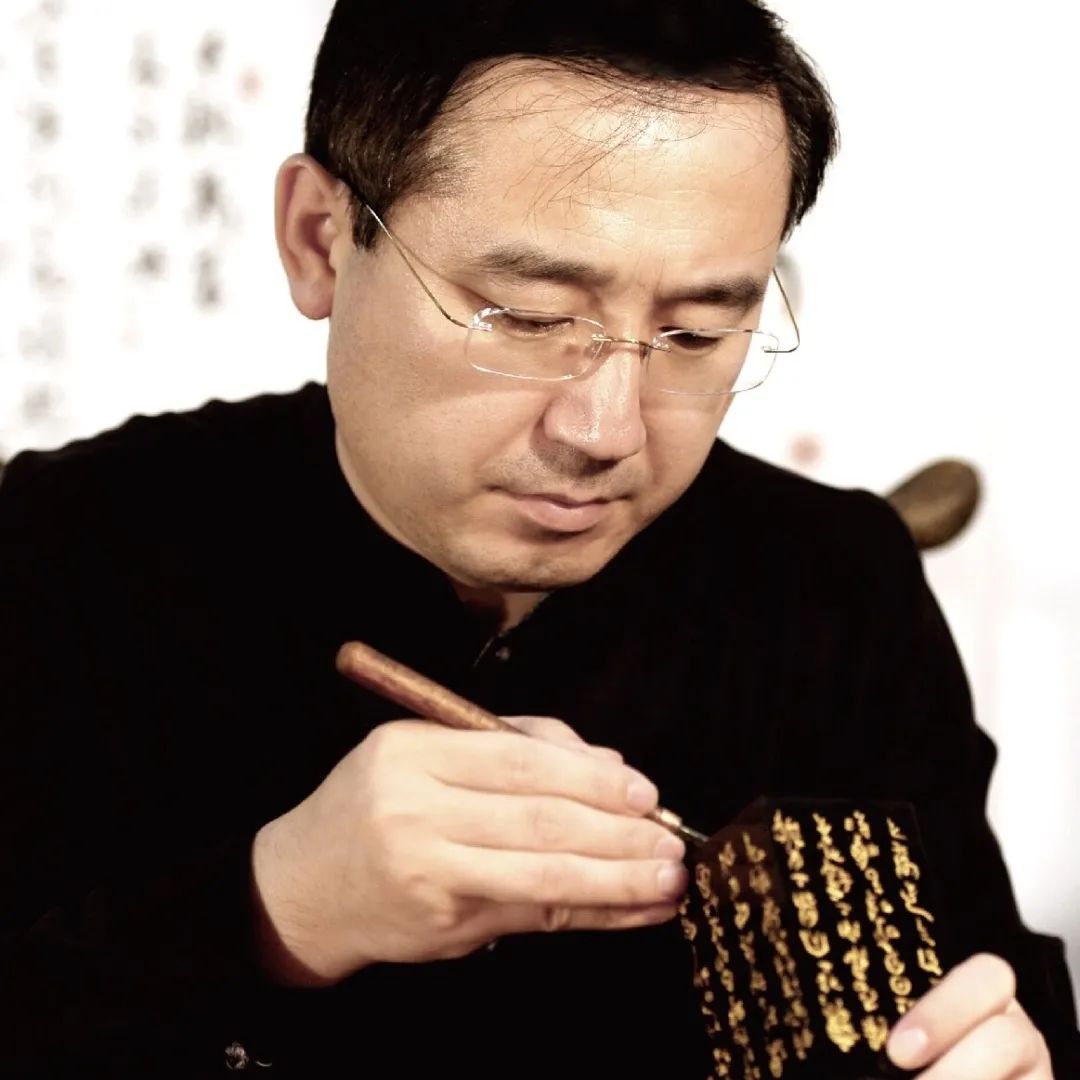
马子恺,当代国学艺术名家、文化学者、书画篆刻家。别署燕公、号穆斋。幼受庭训,读经研艺,及长就学于首都师范大学、北京大学,曾在中国国家画院任职。现为中国民主促进会会员、马子恺国学艺术馆创始人、国家一级美术师、研究生导师、西泠印社社员、中国书法家协会会员、中华诗词学会会员、北京大学访问学者、北京金石书院院长、中国书法学术研究院常务副院长、中国国际书画艺术研究会数字美术专业委员会副主任、中国工艺美术学会书画专业委员会委员、中国林产工业协会沉香分会副会长兼文化艺术专业委员会主任、中国古篆艺术论坛总策划以及圣荷西国际艺术节评委主席、国际中文+文化创意产业论坛首席专家、博鳌时代智库文创产业指导委员会主席、香港卫视国际书画院顾问、《中华藏书集成》副主编等职……
他还受聘多种家乡济南的社会职务,如“济南旅游形象大使”、济南市政协委员、政协书画院副院长、济南中华文化促进会副主席、漱玉印社社长、山东建筑大学外聘导师等职……
其艺术创作涉猎广泛,尤其擅长书画篆刻、诗词文章、雕塑设计等。出版有《古篆论语》、《周易锦言》、《玺印精华》、《马子恺艺术作品集》等十几种专著。曾在伦敦、巴黎、纽约、米兰、多伦多等地成功举办三十余次个展,在北京、上海、杭州、济南、昆明等地创办有“马子恺艺术馆”,作品曾多次获得国内外重要奖项,被众多知名机构和当代名流收藏展出。
其代表作彩墨古篆系列作品融合了书法、绘画等众多中国文化元素,以古人的创造精神造就出传统艺术新图式,以中国传统文化为底蕴,用现代艺术语言来表现中国传统的艺术精神,具有时代性、国际性和创新性,体现了中国传统文化和艺术精神。
